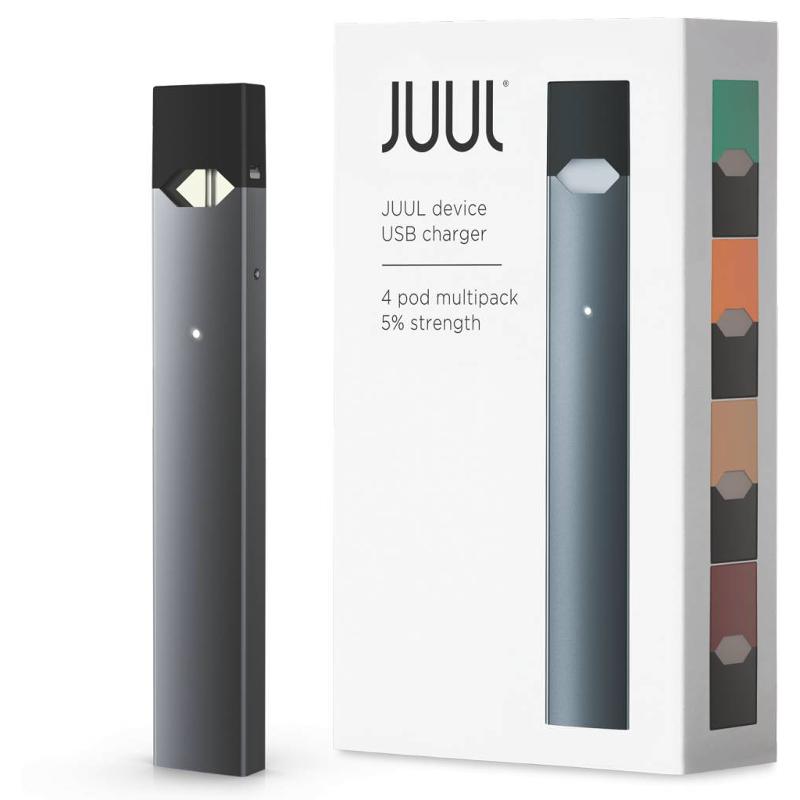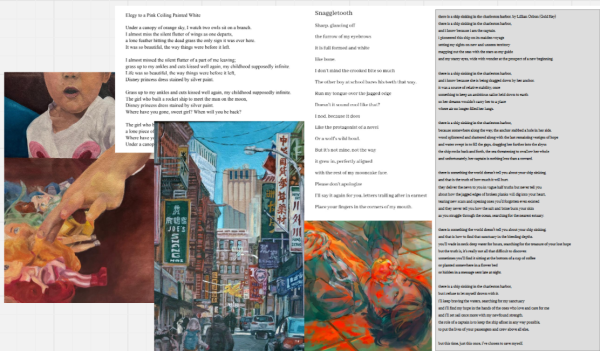The War on Vaping
Juul = bad
Juul. Boulder. Phix. Suorin. These names may not be familiar to you, but for millions of teenagers and ex-smokers around the world these brands are the face of an ongoing debate over the effects of vaping. For anyone who has been living under a rock, vaping is the word used to describe the use of electronic cigarettes, or e-cigs. Vaping was a relatively minor issue until the founding of Juul Labs, Inc., which is the largest e-cig manufacturer in the world. The ‘epidemic’, as it has been termed, followed the initial release of the Juul, a small, easily concealable vaping device that looks somewhat like a USB flash drive. One Juul ‘pod’, or cartridge, contains 41 mg of nicotine, or as much as a pack of cigarettes. With a large portion of teens going through a juul pod a day, it is safe to say the US has entered the war on vaping.
The reason vaping has become such an issue in US politics stems from the recent string of deaths (37 at the time of writing this article) tied to a mysterious respiratory illness that CDC researchers believe is caused by vaping. Many high and even some middle schools across the country are attempting to find solutions to this issue, through reinforced consequences and even searches during school hours. However, many of these efforts have failed as teens across the country continue to rip fatty ghosts despite the best efforts to stop them. A ‘fatty ghost’, for those who are uninformed, is a vaping slang term used to describe when someone hits a dank juub, or successfully pulls off a cool vaping trick. ‘Blowing O’s’ is also a popular tactic used by teens to increase their social status, which involves using a vape to make smoke rings.
Terms such as these are the culprits for why vaping has successfully claimed its place in the edgy culture of Generation Z – as it is an activity which seems unavoidable both online and outside of school. Youtube videos such as Cody Ko and Noel Miller’s “That’s Cringe: Vape Hotbox”, where a mindless group of teenagers attempts to “hotbox” (filling an air tight space with smoke) a car with purely the smoke of FOUR vapes, seem to have added fuel to the fire regarding the popularity of vaping among young audiences (still a great video though) (don’t juul). While the makers of Juul claim to have solely manufactured their product to help current and ex-smokers quit cigarettes, their flavorful pods seem suspiciously tailored towards younger people, with flavors such as mango and crème brûlée (the popularity of crème is still debated) attracting many teenagers before being banned by the FDA at the beginning of 2019 due to targeting this adult product to appeal to young teens.
Despite all of this, vaping remains extremely prevalent among teens and the FDA is expected to continue their current path and ban ALL flavored vape juices (including non-Juul companies). This is in part due to pressure from the Trump administration, as well as the increasing outrage from parents, medical researchers, and even school districts. In fact, there are currently 3 different school districts that have filed lawsuits against Juul, claiming they are responsible for causing nicotine addiction in minors in their respective districts. As well as these, Juul is also being investigated by the State of California and the U.S.Food and Drug Administration for crimes related to the promotion of nicotine devices towards underage audiences. Nevertheless, vaping only continues to grow as both an industry and as a part of youth culture.
Potentially the biggest regulatory change to the industry could be the raising of the minimum vaping age from 18 to 21. This is mostly due to intense lobbying from the tobacco industry to prevent a ban on all flavored vapes, mostly because of the size ($7 billion) of the vaping industry and the thousands of jobs that would be lost if a ban on flavored vapes was to go through. Many regulators agree that this would be the best balance between prevention of underage vaping and providing options for smokers who are trying to quit or find an alternative to traditional tobacco products (cigarettes, chewing tobacco, cigars, etc.).
Vaping does pose a serious threat to the health of millions of teenagers if left unregulated, and so the recent controversy surrounding the topic may end up being the push needed to truly halt the epidemic. Regardless of regulation, however, teenagers around the globe will continue to rip fatty ghosts to impress their friends or just for fun, because as much as we may or may not like it, vaping has securely entrenched itself in contemporary youth culture. The rise and fall of Juul, like countless startups before it, will serve as a reminder of the beginning of the ‘age of vaping’, and while for some that means a way to change their life and quit smoking, for many others it’s only the beginning. And remember kids, if you’re too cool for school, you’re definitely too cool to Juul.








